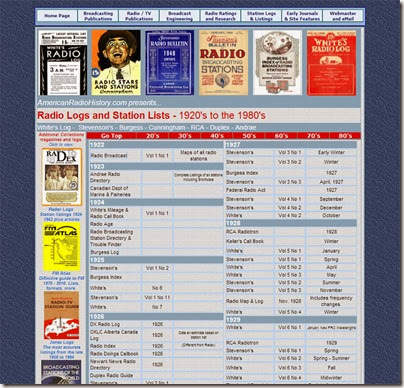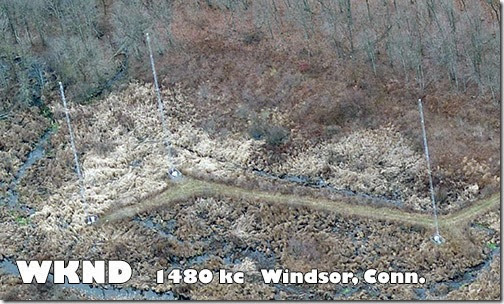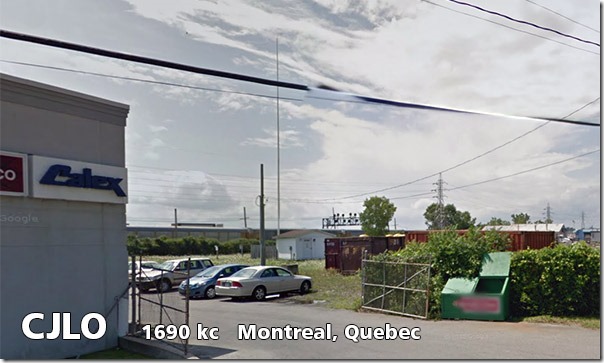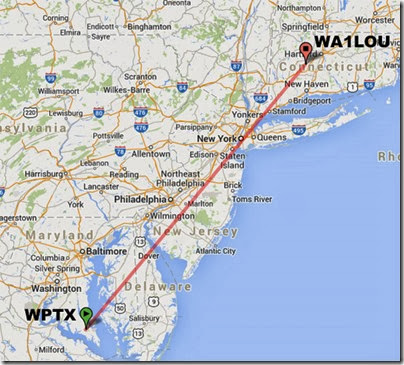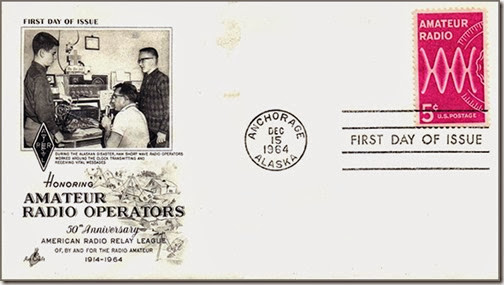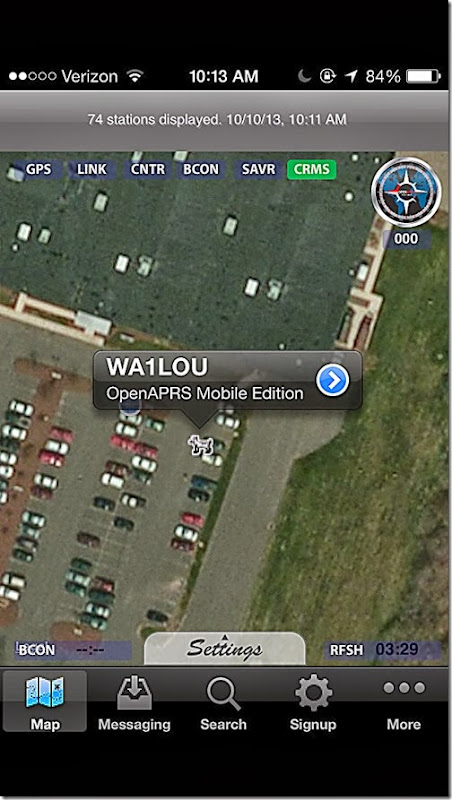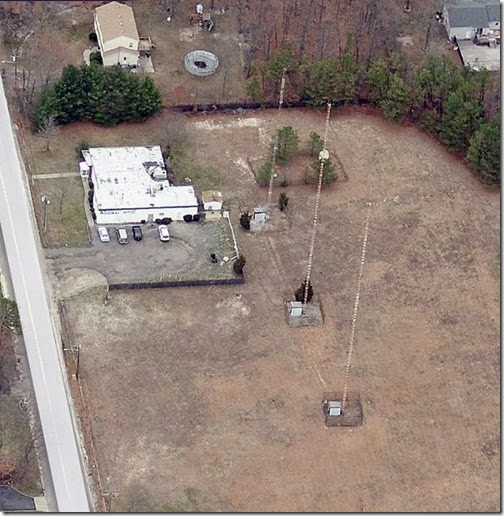By Mike Schaffer, KA3JAW

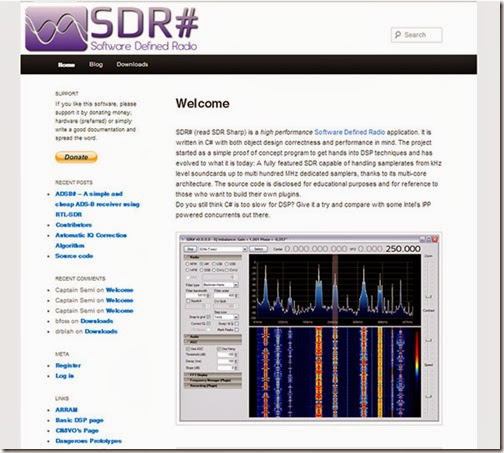
For this specialized piece of equipment, you will not be familiar with the manufacturers' nameplates as they are not your popular ham radio companies such as Alinco, Kenwood, Yaesu, Icom, JRC, MFJ or WinRadio. To date there are three company manufacturers: Ezcap, Compro and Terratec, along with other no brand clones.
These devices have been used in Western Europe to watch terrestrial Digital Video Broadcasting (DVB-T) since 1998. These 2.75" (L) x 1.0" (W) x 0.5" (H) 0.7 ounce dongle (stick) devices connect to your computer via a USB 2.0 port.
They are useless in North America as we use a different standard called Advanced Television System Committee (ATSC) for digital transmission over terrestrial, cable, and satellite networks. However, they can be adapted as Software Defined Radios (SDR) for ham radio for the 6m (50 MHz), 2m (144 MHz), 1.25m (222 MHz), 70 cm (420 MHz), 33 cm (902 MHz), and 23 cm (1240 MHz) on some models.
There are two major chip sets built into the STL-SDR dongle: RF silicone tuner and the DVB-T COFDM (Coded Orthogonal Frequency-Division Multiplexing) demodulator.
Elonics, a global leader in RF technology headquartered in the United Kingdom since 2003, has an E4000 multi-standard CMOS terrestrial RF silicon tuner designed to interface directly to a digital demodulator and contains a fully integrated LNA, programmable RF filter, and RF mixers providing superior real world performance. The front end tuner covers the frequency range from 64 - 1700 MHz. However, reports have confirmed they can be made operable from 50 - 2200 MHz with a 150 MHz gap from 1100-1250 MHz on some models.
The heart of the E4000 is an innovative DigitalTune architecture, which allows the user to adjust the performance of the tuner for optimum linearity or noise figure according to significantly improve reception quality.
The demodulator is a Realtek RTL2832U high-performance DVB-T COFDM that supports a USB 2.0 interface with an 8-MHz bandwidth at an IF (Intermediate Frequency) of 36.125 MHz, low-IF of 4.57 MHz, or Zero-IF output using a 28.8 MHz crystal and includes FM/DAB/DAB+ radio support. Embedded with an advanced ADC (Analog-to-Digital Converter), the RTL2832U features high stability in portable reception.
The state-of-the art tuner features proprietary algorithms including superior channel estimation, co-channel interface rejection, long echo channel reception, and impulse noise cancellation, and provides and ideal solution for a wide range of applications for PC-TV, USB dongle and MiniCard/USB, and embedded system via USB interface.
The SDR/GUI (Software Defined Radio/Graphical User Interface) application software is called SDR# (pronounced as SDR Sharp) and was authored by Youssef Touil in C# programming language. It is being offered as freeware (donation supported) for non-commercial, educational use. This software is a high-performance, fully-featured SDR capable of handling sample rates from kHz level sound cards up to multi-hundred MHz dedicated samplers, thanks to it's multi-core architecture. The application can demodulate NFM, AM, LSB, USB, WFM, DSB and RAW modes.
What makes this SDR fun to use are the two Fast Fourier Transformation (FFT) display modes: Spectrum Analyzer and Waterfall. FFT is a clever algorithm which can be used to transform a signal from the time domain to the frequency domain.
Youssef's website is http://www.sdrsharp.com. Feel free to ask questions on his webpage, SDR# Yahoo! group or #sdrsharp@freenode.
A video tutorial of the installation process by David Savidge, AF5DN, is here:
http://www.youtube.com/watch?v=MFqBj8gV0k4
And here is a video from Andy, M6PNP, performing an RTL-SDR 2-meter band scan: http://www.youtube.com/watch?v=YjqBn-LEx9Y
So where can you purchase this cutting-edge technological breakthrough product? The answer is eBay or similar on-line auction websites. Since the product comes directly from China or Hong Kong, expect to wait two to three weeks for mail delivery using free shipping.
By the way, the dongle also comes with a portable magnetic base telescopic antenna and USB cable.
Bonus: If you get tired of listening to the ham radio bands, you can tune-in to the FM broadcast band from 88 – 108 MHz in the WFM mode.
Minimum System Requirements:
- One available USB 2.0 port
- Pentium 4 CPU
- 512 MB RAM
- Graphic card supporting Direct X 9.0C
- 1 GB HDD space
- Windows XP/2000, Vista, WIN7, Linux
Notes:
- The product comes with application software on a CD-ROM. You will not need it as you will use the SDR# (SDR Sharp) in its place.
- Since they are intended for the Western European market, the antenna socket on the dongle is a 50 ohm female Belling-Lee IEC-16902 (Din) not the North American 75-ohm F-type. So, you will need a Belling-Lee-to-F cable connector adaptor to connect to the antenna.


